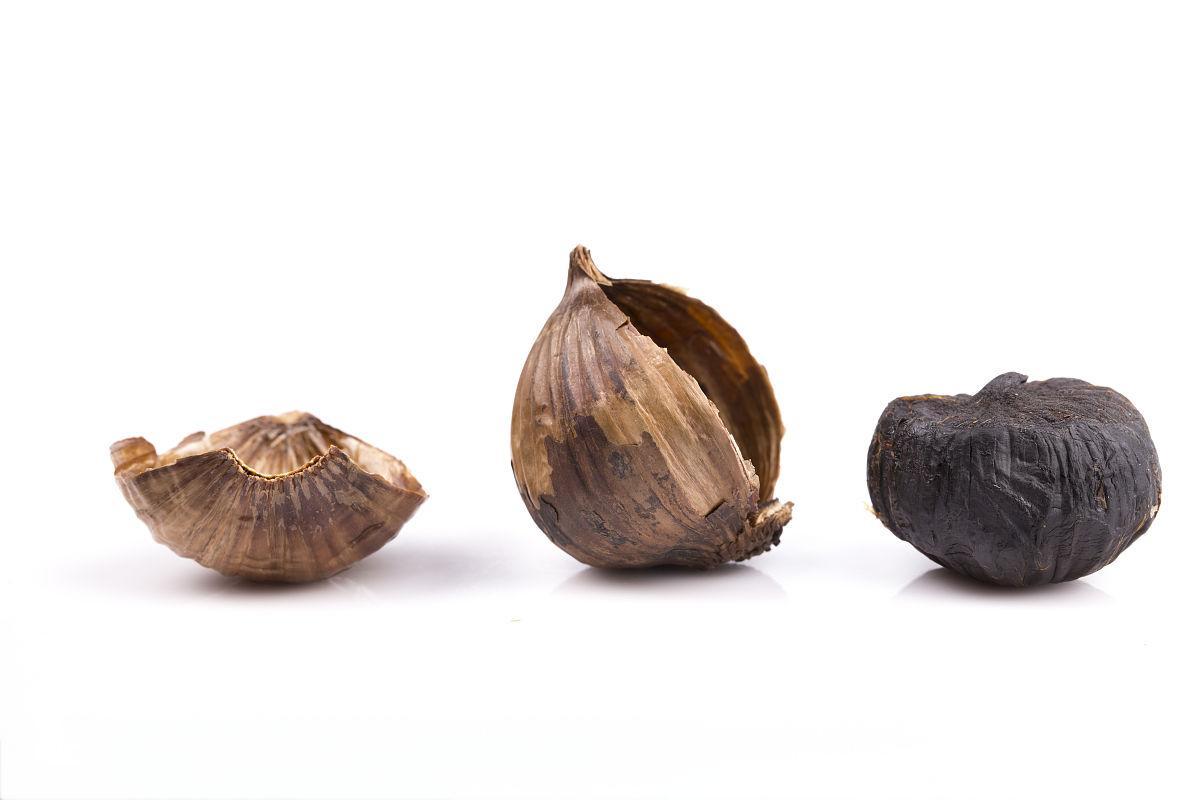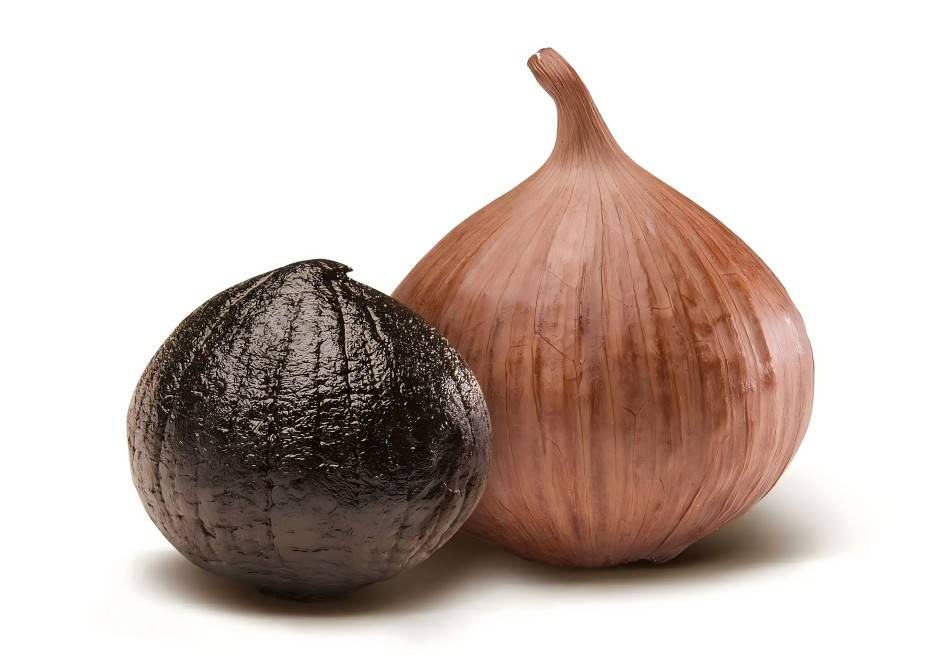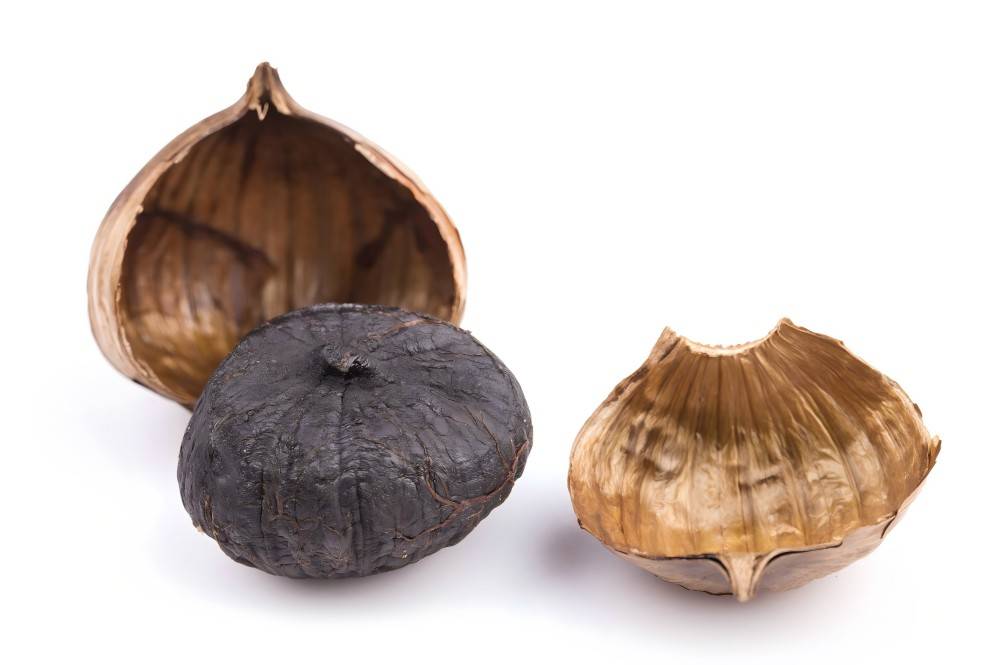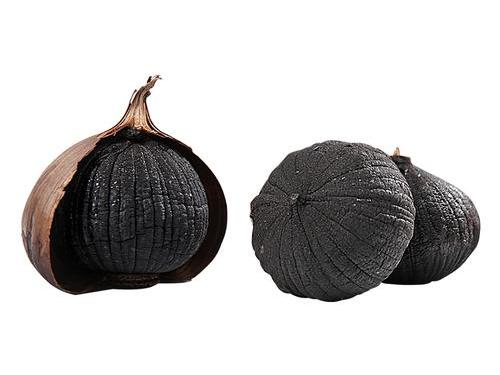How to Process Black Garlic?
Garlic is rich in nutrients, but its pungent flavor can cause gastrointestinal discomfort, which severely restricts the garlic consumer market [1]. Therefore, research on different forms of deep processing technology for garlic is needed to minimize the garlic odor and improve its market competitiveness. Black garlic is an aged garlic product obtained by subjecting fresh garlic to a Maillard reaction at high temperatures (60–90 °C) and high humidity (70%–90%) [2]. It is currently one of the fastest growing and most researched health-promoting deep-processed garlic foods. During the reaction, the pungent odor, nutritional composition, and sensory properties of fresh garlic all change, and new functional substances are produced [1]. This paper provides an overview of the current research progress in the processing technology, key regulatory factors, and nutritional composition of black garlic, with the aim of providing theoretical support for the industrial development of black garlic.
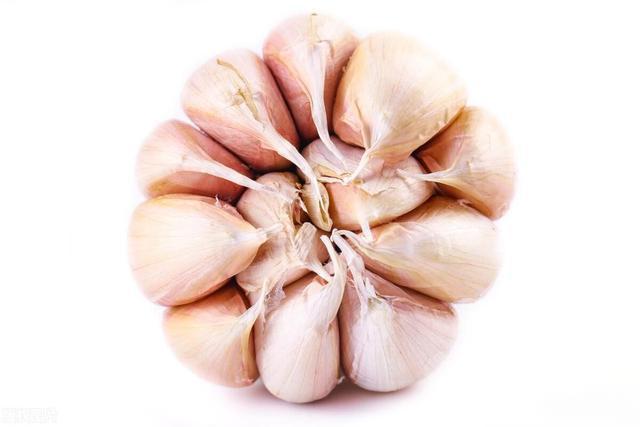
1 Processing technology of black garlic
Black garlic is produced by a series of processes such as enzymolysis, ripening and drying. The processing technology mainly includes two types: fermentation (solid-state fermentation and liquid fermentation) and non-fermentation at high temperature and pressure. During the processing of fermented black garlic, enzymatic and non-enzymatic reactions (the Maillard reaction) occur in the cells, resulting in a unique appearance and flavor [3]. In a high-temperature, high-humidity environment, the enzymatic activity in the garlic is activated, breaking down carbohydrates into fructose and proteins into amino acids. Meanwhile, allicin is converted into substances such as S-allyl glutathione amino acids, which reduce the pungent smell and spicy taste of the garlic [3]. The Maillard reaction is an important reaction in the processing of black garlic. Through a series of complex reactions between carbohydrates and amino acids and proteins, a brown-black macromolecular substance called pheomelanin is produced, which gives black garlic its unique color and flavor [4-5].
1.1 Fermentation method
Solid-state fermentation is currently the most widely used processing technique for preparing black garlic. The main process flow of solid-state fermentation is as follows: select high-quality garlic → peel and remove the first 1–2 layers of the stem → wash → ferment at high temperature and humidity → package → quality inspection → finished product. This process ensures the integrity of the garlic and inhibits the loss of nutrients in the garlic, resulting in high-quality black garlic.
Liquid fermentation is a method in which crushed garlic is added to an appropriate proportion of water as a substrate and fermented in an airtight container. The process flow of liquid fermentation is as follows: select garlic → peel and wash → crush → vacuum-seal and ferment → dry → package → quality inspection → finished product. In the liquid fermentation process, the addition of water, sealing, and temperature change during fermentation shorten the processing time and improve production efficiency. At the same time, it increases the nutrient content of the black garlic, improving its nutritional value and taste.
1.2 Non-fermentation method
The non-fermentation method is an emerging production process for black garlic. The processing flow is as follows: select high-quality garlic → wash → steam under high temperature and pressure → dry → black garlic. The non-fermentation black garlic processing method is simple to operate, short in processing time, high in production efficiency, and low in production energy consumption. At the same time, the non-fermentation black garlic processing method improves the nutritional value of the finished black garlic.
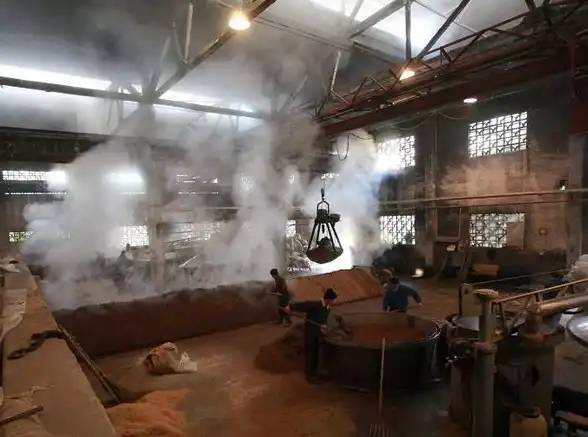
2 Factors affecting the quality of black garlic
2.1 Garlic raw material quality
The nutritional composition of garlic is affected by factors such as species, geographical location, and growing environment. Studies have found that the nutritional content of soluble sugars, soluble proteins, allicin, and selenium in 58 types of garlic from different origins in China varies significantly [6]. The nutritional quality of garlic directly determines the quality of black garlic [7]. In addition, studies have found that the quality of black garlic is also directly affected by the number of cloves in a single garlic bulb, and is closely related to its antioxidant capacity.
2.2 Pretreatment
The pretreatment process for preparing garlic into black garlic significantly affects the quality and nutritional value of black garlic. At present, the main pretreatment processes for garlic are low-temperature freezing, ultra-high pressure, and microwave methods.
2.3 Temperature
Temperature is one of the important factors affecting the quality of black garlic. High temperatures can accelerate browning and shorten the fermentation period, and also increase the total acid and phenolic content. However, excessively high temperatures can lead to poor sensory quality of the finished product. Therefore, 70 ℃ is considered to be the most suitable processing temperature. Black garlic processed at this temperature has a uniform color, delicate texture, and a sweet and sour taste [8].
2.4 Relative humidity
Relative humidity is a key process parameter in the processing of black garlic, affecting its sensory quality, nutritional composition and biological activity [7]. The higher the humidity, the slower the browning, the wetter and sweeter the finished product, and the lower the content of organic acids. However, the content of polyphenols and reducing sugars will increase. Humidity is closely related to the hydrolysis of macromolecular substances and non-enzymatic browning reactions at high temperatures. High humidity can lead to the hydrolysis of polysaccharides and polyphenols in garlic at high temperatures, producing high concentrations of reducing sugars and small molecule phenols [8]. In addition, the rate of the Maillard reaction is closely related to relative humidity. High humidity can reduce the rate of the Maillard reaction and increase the content of reducing sugars and free amino acids in black garlic [9].
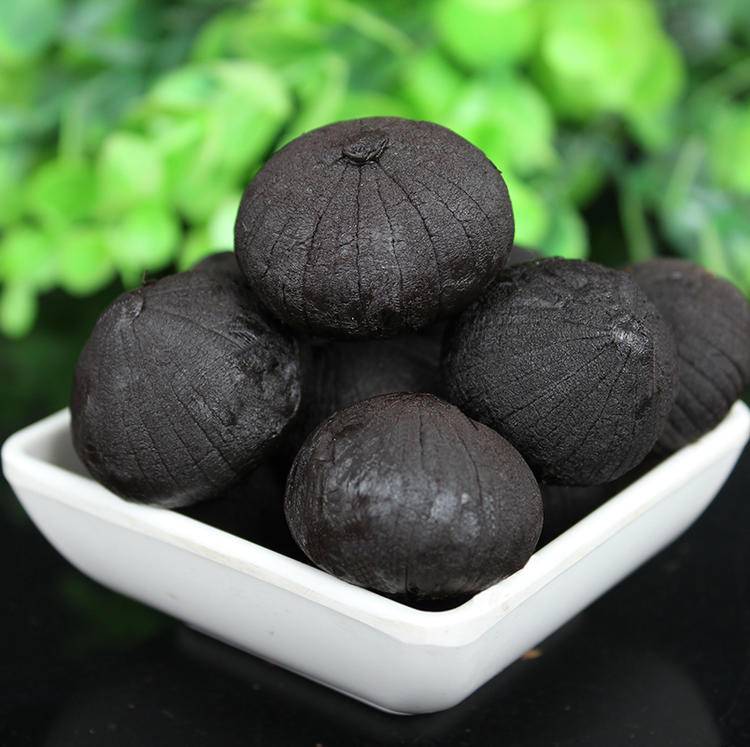
3 Black garlic nutrients
After garlic is processed to form black garlic, its moisture content decreases significantly and its chemical composition changes. For example, the content of compounds such as carbohydrates, proteins, and polyphenols increases, while new substances such as 5-hydroxymethylfurfural and melanoidins are produced, thereby improving its nutritional value and physiological activity.
3.1 Carbohydrates
Garlic is rich in carbohydrates, accounting for 22% to 26% of the fresh weight and 77% of the dry weight. It is mainly composed of polysaccharides and a small amount of oligosaccharides and monosaccharides [9]. There are significant differences in the carbohydrates in fresh garlic and black garlic. For example, the fructans in garlic gradually break down into monosaccharides (glucose and fructose), disaccharides and oligosaccharides [10]. The sweetness of black garlic mainly comes from the fructose produced during the reaction, while the black color is mainly produced by the Maillard reaction between fructose/glucose and amino acids.
3.2 Proteins
Garlic contains 1.5% to 2.1% protein by fresh weight and 14% to 19% by dry weight, with lectins being the most abundant. Garlic is also rich in essential amino acids, mainly glutamic acid (2.86 g·kg-1 ), arginine (4.09 g·kg-1 ) (409 mg/100 g), aspartic acid (0.90 g·kg-1 ) and tyrosine (4.49 g·kg-1 ). During the preparation of garlic into black garlic in a high-temperature, high-humidity environment, the protein may denature and some of the free amino acids may participate in the Maillard reaction. Lu Xiaoming [11] pointed out that the total amount of 18 free amino acids changed during the processing (garlic: 19.43 g·kg-1; black garlic: 14.86 g·kg-1), among which the content of a few free amino acids (including leucine, isoleucine, phenylalanine, aspartic acid, alanine, cysteine and valine) are increased, while the content of other amino acids (lysine, tryptophan, methionine, tyrosine, proline, arginine, threonine, histidine, glycine, serine and glutamic acid) is reduced.
3.3 Lipids
The lipids in fresh garlic and black garlic play an important regulatory role in their sensory properties and also serve as a source of nutrients and energy. According to statistics, the lipid content of fresh garlic ranges from 0.31% to 0.53% by fresh weight and 0.6% by dry weight. During the processing of black garlic, lipids oxidize and participate in a series of chemical reactions, resulting in changes in the lipid content. However, reports on the trend of lipid changes during black garlic processing are inconsistent and controversial. For example, CHOI et al. [12] found that the crude lipid content increased from 0.18% to 0.58% during the processing of fresh garlic into black garlic.
However, Lu Xiaoming [11] found that the crude fat content decreased significantly during the processing of black garlic (garlic: 0.33%; black garlic: 0.16%). The above differences may be related to the garlic variety, processing technology, extraction and analysis methods, etc. When black garlic is processed under high temperature (50–90 °C) and high humidity (60%–90%), lipids undergo hydrolysis and oxidation reactions, producing a series of compounds such as alcohols, aldehydes, ketones and lactones. These products and the initially produced fatty acids participate in a series of complex chemical reactions, including hydrolysis, oxidation and the Maillard reaction, in synergy.
3.4 Polyphenolic compounds
According to statistics, the dry weight of phenolic compounds in fresh garlic is 3 to 11 g·kg-1, with an average content of 6.5 g·kg-1 [9]. In addition, the total concentration of phenolic acids is 2 to 20 mg·kg-1, with an average content of 7.6 mg·kg-1. Among these, caffeic acid has the highest content, followed by ferulic acid, vanillic acid and p-hydroxybenzoic acid [8]. Compared with fresh garlic, the polyphenol content in black garlic increases by 7 to 11 times, and the total flavonoid and total phenolic acid content is also significantly higher [13-14].
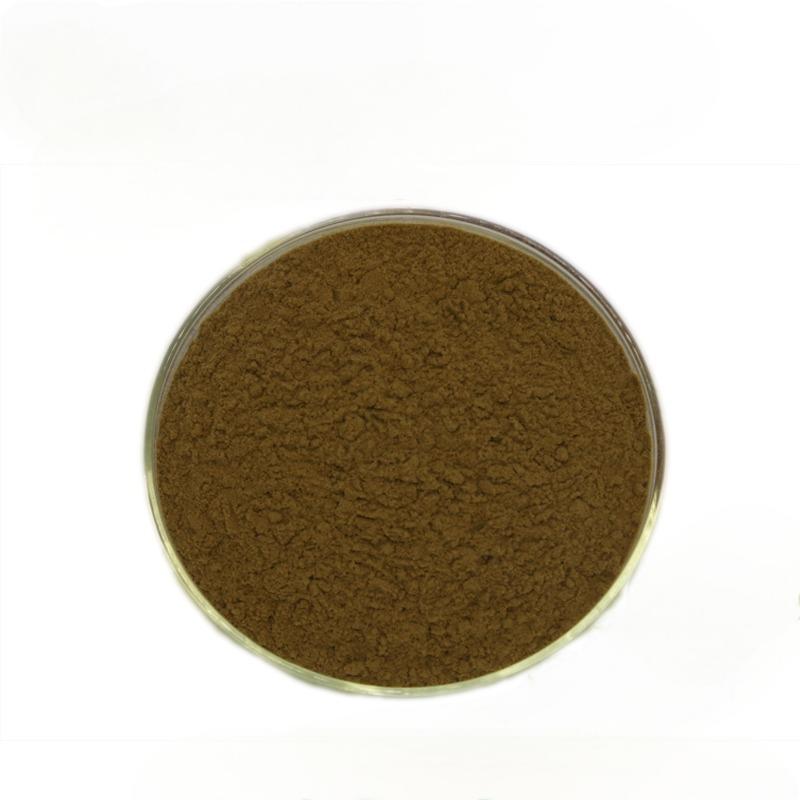
3.5 Organic acids
Garlic contains a large amount of organic acids, which are beneficial to the health of the human digestive system, promote nutrient absorption and enhance immunity. Citric acid is the most abundant, followed by malic acid, lactic acid, formic acid and fumaric acid [14]. Zhang et al. [8] showed that after fresh garlic was processed to produce black garlic, the total acid content increased significantly (from 3.6 g·kg-1 to 30.96 g·kg-1 ); LIANG et al. [15] used nuclear magnetic resonance spectroscopy to analyze the differences in the types of organic acids in fresh garlic and black garlic, and found that fumaric acid disappeared in black garlic, but new organic acids (formic acid, acetic acid, succinic acid, etc.) were formed during fermentation. The increase in organic acid content during the preparation of black garlic gives it a sweet and sour taste and also promotes the hydrolysis of proteins and polysaccharides. In addition, the increase in acidity of black garlic is associated with the Maillard reaction, the degradation of alkaline groups in fresh garlic, and the production of short-chain carboxylic acids.
3.6 Melanoidins
Melanoidins are nitrogen-containing polymers with a brown color, which are usually formed during the later stages of the Maillard reaction during food processing and preservation [16]. Melanoidins have attracted much attention due to their various physiological activities (e.g. antioxidant, antibacterial, prebiotic and anti-hypertensive). Fresh garlic does not contain melanoidins, but during the preparation of black garlic, the content of melanoidins increases significantly, and the brown color of black garlic also increases. These changes are associated with the Maillard reaction. The production of melanoidins gives black garlic a greater physiological activity and a darker color.
3.7 Hydroxymethylfurfural
Hydroxymethylfurfural can be formed during the Maillard reaction by catalytic dehydration between reducing sugars (e.g. glucose or fructose) and amino acids, or it can be produced directly by the decomposition of hexoses in an acidic environment [9]. Hydroxymethylfurfural is not only a key intermediate in the Maillard reaction, but also affects the biological activity and sensory characteristics of black garlic. In addition, hydroxymethylfurfural is related to the browning rate of black garlic and can therefore be used as an important monitoring indicator to predict the rate of black garlic development. For example, ZHANG et al. [8] processed black garlic at 60 °C, 70 °C, 80 °C and 90 °C and monitored the change in the concentration of hydroxymethyl furfural. The results showed that the processing temperature was directly proportional to the content of hydroxymethyl furfural. The garlic browned quickly, but this resulted in a decrease in sensory attributes. The black garlic processed at 70 °C had the best product quality.
3.8 Sulfur-containing compounds
Sulfur-containing compounds are the main components of garlic, including allicin, deoxynojirimycin and γ-glutamyl-S-allyl-L-cysteine, which give garlic its unique pungent flavor and biological activity (antibacterial, blood pressure lowering,lipid-lowering, anticancer, and antitumor) [17]. Black garlic has a lower content of diallyl disulfide and diallyl trisulfide, which reduces the pungent smell of garlic. In addition, black garlic has a higher content of 2-ethyl tetrahydrothiophene, which gives black garlic a light fragrance [18].
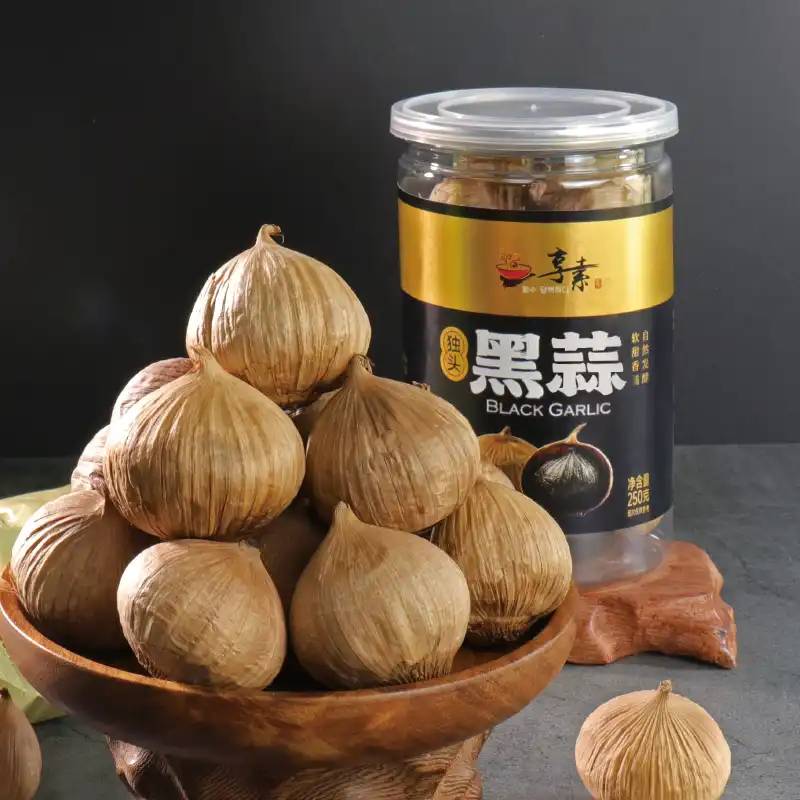
4 Conclusion
Black garlic is a new type of health food made from garlic that is processed in a high-temperature, high-humidity environment. It is simple to process, nutrient-rich, and has significant health benefits. However, the mechanism of component changes during black garlic processing, basic research on effective monomer components, and the mechanism of action of active ingredients in black garlic are still unclear. At present, the black garlic production standards are not unified, the technology is immature, the production cycle is long, and the scale is small, which severely restricts the development of the black garlic industry. Therefore, the black garlic processing technology should be improved, the black garlic industry chain should be expanded, and market demand and economic value should be increased.
Reference:
[1]AHMED T,WANG C K.Black garlic and its bioactive compounds on human health diseases: a review[J]. Molecules,2021,26(16):5028.
[2]MARTÍNEZ-CASAS L,LAGE-YUSTY M,LÓPEZ- HERNÁNDEZ J.Changes in the aromatic profile, sugars, and bioactive compounds when purple garlic is transformed into black garlic[J].Journal of Agricultural and Food Chemistry,2017,65(49):10804-10811.
[3] Wang Yuhong, Tang Gaoqi, Zheng Qiliang, et al. Research progress on the processing, composition and biological activity of black garlic [J]. Chinese Agricultural Science Bulletin, 2015, 31(35): 91-96.
[4]YANG P,SONG H,WANG L,et al.Characterization of key aroma-active compounds in black garlic by sensory- directed flavor analysis[J].Journal of Agricultural and Food Chemistry,2019,67(28):7926-7934.
[5] Zhang Liming, Yang Ming, Cao Menghui, et al. Preparation process, nutrition and health effects of black garlic [J]. Anhui Agricultural Science, 2017, 45(24): 83-85.
[6]WANG Y,ZHANG J L, JING H. Composition analysis of black garlics prepared by different garlic types of and processing technologies[J].Journal of Food Safety and Quality,2016,7(8):3085-3091.
[7]A FZAAL M, SAEED F, RASH EE D R, et al.Nutritional, biological, and therapeutic properties of black garlic: a critical review[J].International Journal of Food Properties,2021,24(1):1387-1402.
[8]ZHANG X,LI N,LU X,et al.Effects of temperature on the quality of black garlic[J].Journal of the Science of Food and Agriculture,2016,96(7):2366-2372. [9]QIU Z,ZHENG Z,ZHANG B,et al.Formation, nutritional value, and enhancement of characteristic components in black garlic: a review for maximizing the goodness to humans[J].Comprehensive Reviews in Food Science and Food Safety,2020,19(2):801-834.
[10]RÍ OS-RÍ OS K L,MONTILLA A,OLANO A, et al.Physicochemical changes and sensorial properties during black garlic elaboration: a review[J].Trends in Food Science & Technology,2019,88:459-467.
[11] Lu Xiaoming. Research on the production law and functional role of black garlic oligosaccharides [D]. Tai'an: Shandong Agricultural University, 2017.
[12]CHOI I S,CHA H S,LEE Y S.Physicochemical and antioxidant properties of black garlic[J] . Molecules,2014,19(10):16811-16823.
[13]MARTÍNEZ-CASAS L,LAGE-YUSTY M,LÓPEZ- HERNÁNDEZ J.Changes in the aromatic profile, sugars, and bioactive compounds when purple garlic is transformed into black garlic[J].Journal of Agricultural and Food Chemistry,2017,65(49):10804-10811.
[14]KIM J S,KANG O J,GWEON O C.Comparison of phenolic acids and flavonoids in black garlic at different thermal processing steps[J].Journal of Functional Foods,2013,5(1):80-86.
[15]LIANG T,WEI F,LU Y,et al.Comprehensive NMR analysis of compositional changes of black garlic during thermal processing[J].Journal of Agricultural and Food Chemistry,2015,63(2):683-691.
[16]BORRELLI R C,VISCONTI A,MENNELLA C, et al.Chemical characterization and antioxidant properties of coffee melanoidins[J].Journal of Agricultural and Food Chemistry,2002,50(22):6527-6533.
[17] Ye Miao, Liu Chunfeng, Li Ziyu, et al. Research progress on the nutritional functions and processing technology of black garlic [J]. Food and Fermentation Industry, 2022, 48(1): 292-300.
[18]KIM N Y,PARK M H,JANG E Y,et al.Volatile distribution in garlic (Allium sativum L.) by solid phase microextraction (SPME) with different processing conditions[J]. Food Science and Biotechnology,2011,20:775-782.


 English
English French
French Spanish
Spanish Russian
Russian Korean
Korean Japanese
Japanese